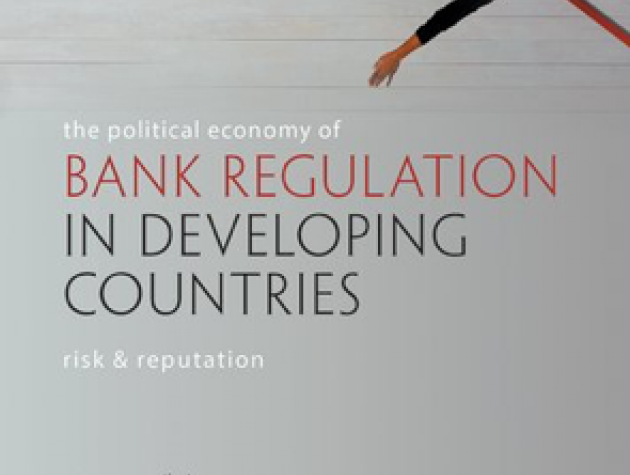GEG WP 2019/141 Financial convergence in the financial periphery: How interdependence shapes regulators’ decisions
We examine the processes by which regulations prevailing in countries at the core of the global economy spread to countries outside this small group. We show how specific cross-border relationships between banks, regulators, and investors generate regulatory interdependence that drives the diffusion of international standards from the standard-setting countries at the core of the financial system to the financial periphery. We argue that regulatory decisions in the financial periphery are shaped by the prior choices of regulators in other countries, mediated through four specific cross-border relationships associated with banking globalization.
We draw on a new dataset of Basel II adoption in over ninety jurisdictions in the financial periphery. Using spatial lag models we show that regulators’ decisions over the adoption of international standards are shaped by the choices of regulators to whom they are connected through the cross-border operations of individual banks, international professional networks, and competition for capital. Our analysis underscores the value of parsing out the relevant actor-level linkages that connect countries: while international considerations shape regulatory decisions, what matters is not the extent to which countries are connected to the global economy but rather the nature of these connections.






